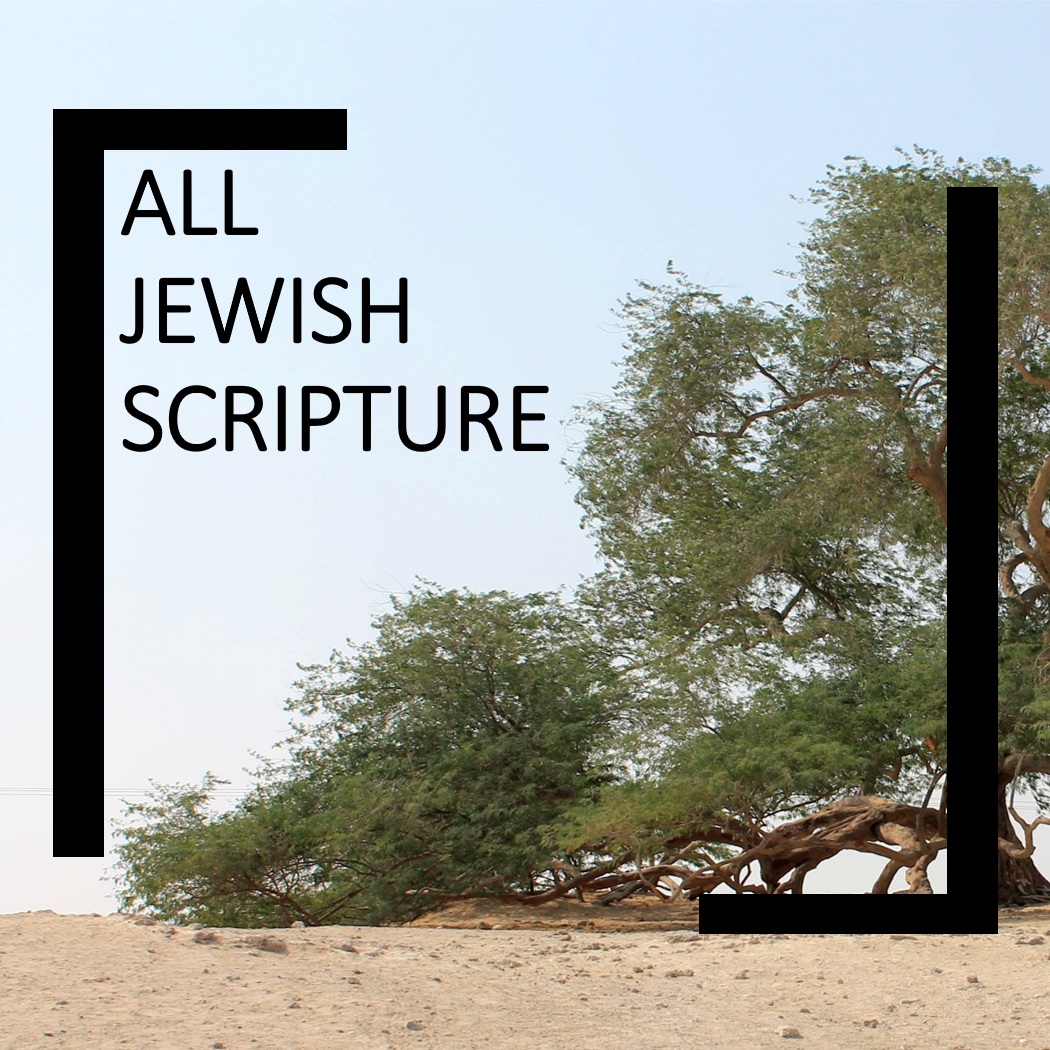The Hebrew Bible, which is also called the Tanakh (/t???n??x/;[1] ????????, pronounced [ta?na?] or the [t??nax]
These texts are almost exclusively in Biblical Hebrew, except for some Biblical Aramaic passages in the books of Daniel and Ezra.[2] The Hebrew Bible is also the textual source for the Christian Old Testament.
MOSES’ FIVE (5) BOOKS:
The first five books of the Hebrew Bible are the books of Moses.
|
THE PROPHETS (OR NEVI’IM):
Nevi‘im (/n?vi?i?m, n??vi??m/; Hebrew: ????????? N??î’îm, lit. “spokespersons”, (“Prophets”) is the second main division of the Hebrew Bible (the Tanakh), between the Torah (instruction) and Ketuvim (writings). The Nevi‘im are divided into two groups.
|
THE WRITINGS (OR KETUVUM):
Ketuvim (???????????, “Writings”) consists of eleven books, described below. They are also divided into three subgroups based on the distinctiveness of Sifrei Emet and Hamesh Megillot.
|
|
THE SEVENTY (along with the above books):
The LXX was written in common Greek. It contains Israel’s Hebrew Bible translated from Hebrew and Aramaic. The first known translation of the Jew’s sacred texts into Greek is called the Seventy (which is Septuagint in Greek, and written LXX with Roman numbers).
The LXX is from the 3rd–1st centuries BC.
|
The preceding books composed “The 70”, which is LXX or Septuagint… and was the first Greek translation of Hebrew Scripture.
The first known translation of the Jew’s sacred texts into Greek is called the Seventy (which is Septuagint in Greek, and written LXX with Roman numbers).
